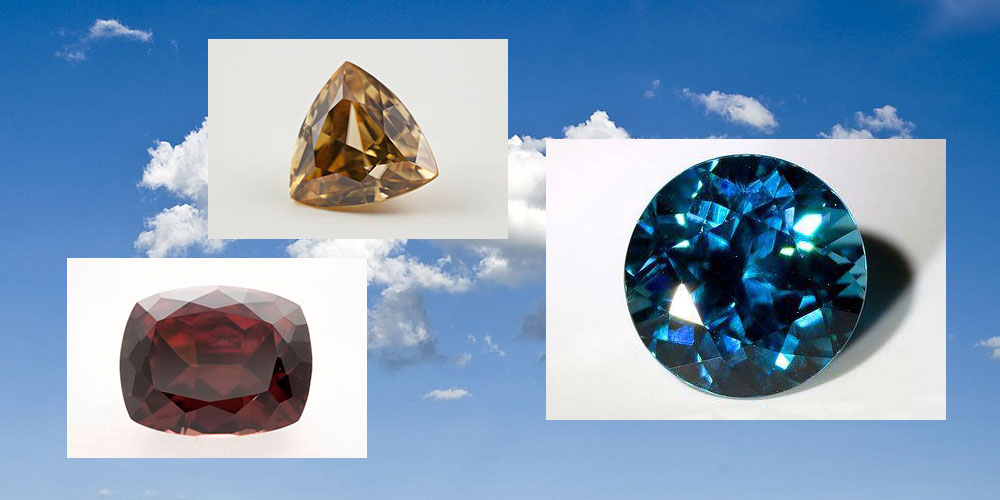Zircon
Brilliant but misunderstood

Hindu poets tell of the Kalpa Tree, the ultimate gift to the gods, a glowing tree covered in gemstone fruit with leaves of zircon. Zircon has long played a supporting role to more well-known gemstones, often stepping in as an understudy when they were unavailable.
In the middle ages, zircon was said to aid sleep, bring prosperity, and promote honour and wisdom in its owner. The name probably comes from the Persian word 'zargun', which means 'gold-coloured', although zircon comes in a wide range of different colours.
Natural zircon today suffers on account of the similarity of its name to cubic zirconia, the laboratory-grown diamond imitation. Many people are unaware that there is a beautiful natural gemstone called zircon.
Zircon occurs in a wide range of colours, but for many years the most popular was the colourless variety, which looks more like diamond than any other natural stone because of its brilliance and dispersion.
Today the most popular colour is blue zircon, which is considered an alternative birthstone for December. Most blue zircon is of a pastel blue, but some exceptional gems have a bright blue colour. Zircon is also available in green, dark red, yellow, brown, and orange.
Zircon is mined in Cambodia, Sri Lanka, Thailand, Myanmar, Australia, and other countries.
Zircon is one of the heaviest gemstones, which means that it will look smaller than other varieties of the same weight. Zircon jewellery should be stored carefully because although it is relatively hard, zircon can suffer from abrasion and the facets can be chipped. Dealers often wrap zircons in individual twists of paper so that they will not knock against each other in a parcel.
The wide variety of colours of zircon, its rarity, and its relatively low cost make it a popular collector's stone. Collectors enjoy the search for all possible colours and variations.
Top image: Photos by Ken Larsen, courtesy of The Smithsonian Institution Geo Gallery.


